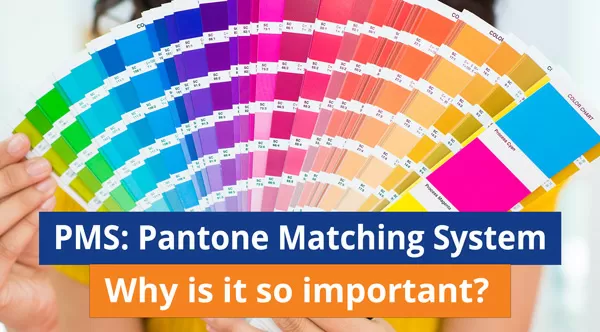In the world of design and branding, consistency is key. As businesses strive to create cohesive identities, the Pantone Matching System (PMS) has emerged as a powerful tool in the signage industry. This color-matching system has revolutionized how brands communicate their identity, ensuring that every sign, logo, and promotional material aligns perfectly with their established color palette. Let’s explore how PMS is transforming the signage landscape.
What is the Pantone Matching System?
The Pantone Matching System is a standardized color reproduction system that allows designers, printers, and manufacturers to communicate colors accurately. Each color is assigned a unique code, making it easier to reproduce the exact shade across various materials and mediums. Originally developed for the printing industry, PMS has expanded its applications to textiles, plastics, and now, signage.
The Impact of PMS on Signage
1. Consistency Across Platforms
One of the primary benefits of using PMS in signage is consistency. Brands want their colors to look the same, whether displayed on a business card, website, or large outdoor sign. PMS ensures that every sign is produced in the same shade, reinforcing brand recognition and trust. This consistency is particularly important for franchises and businesses with multiple locations, as it helps maintain a unified brand identity.
2. Enhanced Color Accuracy
With PMS, designers no longer have to worry about color variations that can occur when using different printers or materials. By specifying PMS colors, signage manufacturers can achieve the desired hue accurately, regardless of the production process. This level of color precision is crucial for businesses that rely on specific brand colors to convey their identity and message.
3. Broader Color Options
The PMS catalog offers a vast range of colors, allowing businesses to choose shades that best represent their brand. This extensive selection means that companies can find unique colors that stand out in a competitive marketplace. Whether a business seeks vibrant colors to attract attention or subtle hues for an elegant look, PMS provides the tools to achieve the desired effect.
4. Improved Collaboration
Using a standardized color system like PMS facilitates better communication between designers, printers, and signage manufacturers. Designers can specify colors precisely, reducing the risk of misinterpretation. This collaboration ensures that everyone involved in the production process is on the same page, resulting in high-quality signage that meets expectations.
5. Trend Adaptation
As design trends evolve, so do color preferences. The Pantone Color Institute regularly announces “Color of the Year,” influencing trends across various industries, including signage. By adopting PMS, signage companies can quickly adapt to these trends, helping brands remain relevant and appealing to their target audiences.
Cost Considerations
While incorporating PMS into signage production can increase upfront costs—particularly for custom colors—the long-term benefits often outweigh these expenses. Consistent branding leads to stronger customer recognition, which can drive sales and loyalty. Additionally, the precision of PMS can minimize costly reprints and adjustments, ultimately saving businesses money.
Conclusion
The Pantone Matching System is undeniably taking over the signage industry, offering a pathway to consistency, accuracy, and creative expression. As brands continue to prioritize their visual identity, PMS provides the tools necessary to achieve professional and reliable results. By embracing this system, businesses can ensure their signage stands out and effectively communicates their brand message, paving the way for success in an increasingly competitive landscape. Whether you’re a small business owner or part of a large corporation, integrating PMS into your signage strategy is a step toward building a powerful and cohesive brand presence.


Recent Comments